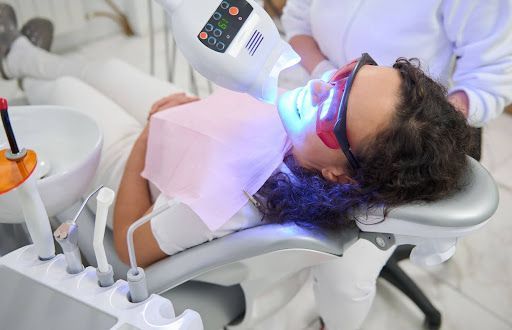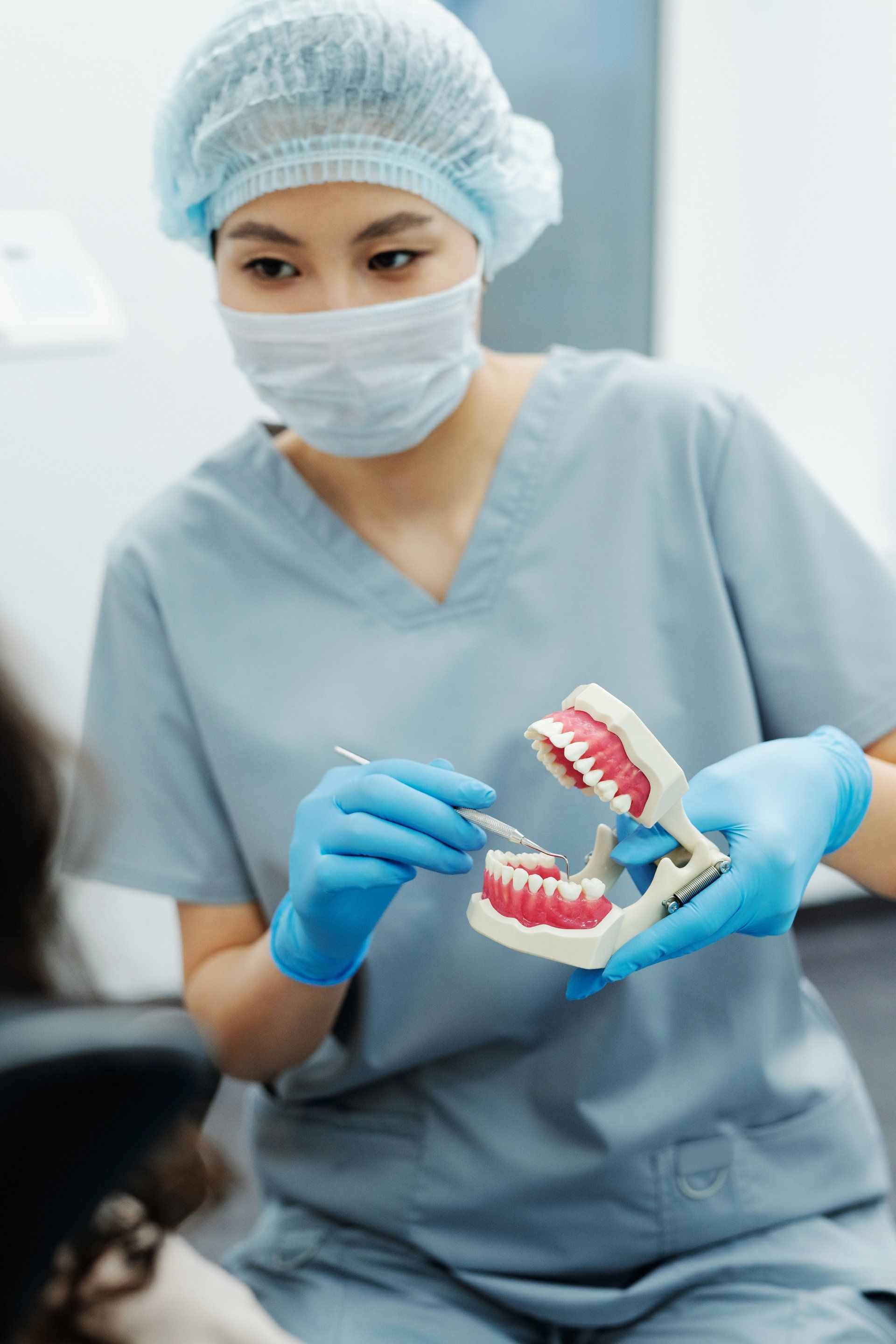How to Choose the Right Orthodontist for Your Child: Essential Factors to Consider
How to Choose the Right Orthodontist for Your Child: Essential Factors to Consider
As a parent, you want to ensure your child receives the finest orthodontic treatment possible. With countless orthodontists in your area, making this essential decision can be daunting and confusing. Therefore, we’ve curated some key considerations that will help guide you in choosing the perfect orthodontist for your little one’s dental needs !
Experience and Credentials
When searching for an orthodontist, you should always assess the clinician’s expertise and qualifications. Seek out a provider who has many years of practice experience and is knowledgeable about current-day orthodontic treatments as well as innovations in technology. Go through their credentials to determine if they have received adequate education and training; also make sure that they are certified to provide services in your state. To get an even better idea of what it’ll be like working with them, explore online reviews from other parents who may have had similar journeys.
Personalized Treatment
Your child’s dental needs are special, so it is paramount to select an orthodontist that provides individualized treatment plans. As part of the consultation process, your chosen specialist should be attuned to both your kid’s wants and worries before designing a unique treatment plan tailored specifically for them. An orthodontist who presents a generic approach may not meet all of your child’s oral health requirements.
Availability and Location
When looking for an orthodontist, take into account their accessibility and the convenience of the office’s location. Determine if they are close to either your home or your child’s school in order to minimize travel time when attending appointments. Furthermore, make sure you check out what kind of care services they provide as well as their hours and availability so that you can ensure it aligns with yours.
Technology and Treatment Options
Orthodontic technology and treatment options are continuously evolving, and it’s essential to choose an orthodontist who stays up-to-date with the latest advancements. Look for an orthodontist who uses modern technology and equipment, such as digital X-rays and 3D imaging and printing, temporary anchorage devices, and aligner therapy to provide more accurate and efficient treatment. Also, ensure that the orthodontist offers a range of treatment options, such as traditional braces, clear aligners, and lingual braces, to choose from.
Cost and Insurance
After you have investigated the orthodontist’s qualifications and experience, it is time to consider cost. Orthodontic treatment can be pricey so make sure that your chosen professional offers flexible payment plans and financing options to help ease financial strain. Additionally, check if they accept your insurance policy before proceeding with any treatment; an experienced orthodontist should have team members who will be able to walk you through the process of filing insurance claims to help you maximize your benefits.
Ultimately, selecting the appropriate orthodontist for your child is a major decision that requires mindful contemplation. Think about their credentials and years of experience, tailored treatment plans, accessibility and proximity to you, technology & services offered as well as cost & insurance when making this decision. By taking your time in finding the right orthodontic specialist for your child’s dental health can guarantee they receive top-notch care.












